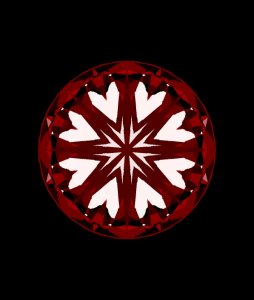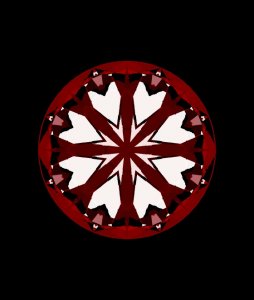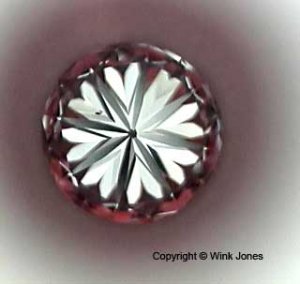JohnQuixote
Ideal_Rock
- Joined
- Sep 9, 2004
- Messages
- 5,212
Nice summary. By the way, I would add that with the shorter star/lower girdle combo we’ve found it is easier to treat the UG so as to limit light leakage. This trades off some contrast for DCLR in the character, but does not take away from overall performance.Date: 2/21/2005 4:54:10 PM
Author: Rhino
I can sympathize with your pains Wink. We''ve called in many stones listed on the wholesale search engines as H&A''s only to be sorely disappointed as well.
Excellent thread btw. Good to see all the regs comin out.
Sir John,
Yes ... there should absolutely be H&A standards however I would certainly not limit the minor facets to any one standard. I have not shared this in a bit but my personal tastes have evolved over time regardingh what standards I like in H&A''s.
1. Firstly the diamond has to fall within very cherry dimensions on the main facets.
2. In direct light conditions I prefer H&A''s of the longer star/lower girdle type (not too long mind you). Plainly, they give off more fire and scintillation. Lower girdles in the 77-80% length range combined with stars in the upper 50''s mid 60''s. Upper girdle angles anywhere between 36-39 degrees for light return or 40-43 degrees for contrast.
3. In diffuse light conditions I prefer H&A''s of the shorter star/lower girdle combo. 75-76% lower girdle length with shorter stars. Again ... as long as the upper girdles don''t exceed 43 or 44 degrees. This produces a slightly bolder arrow which stands out more in those light conditions providing points of contrast.
What an excellent teaching, Rhino.Regarding minor facets & H&A''s. There is only one minor facet metric that can disrupt the H&A phenomena and those are the lower girdles. Pull them too long (greater than 80% length) and the clefts in the hearts become too noticeable. If they fall shorter than 75% the seperation between the Hearts and the cleft beneath them is not discernible (making for one big white pointed blotch on the bottom). While those are factors that can disrupt the H&A pattern, you can still maintain *perfect* optical symmetry but just not with a pattern that is recognizable by most. In our lab we have H&A''s that cover just about the entire spectrum. There are people who do like very long lower girdles (very skinny arrows) as they are generally very scintillating stones with many smaller flashes while the opposite end of the spectrum results in less scintillation but broader flashes of light. The best balances generally fall in between of course.
In a H&A grading world I think the major proportions could be a given a cherry range as you suggest, but with regard to precise patterning and minor facet construction I seriously doubt John Q Public will need to slice and dice those particulars. So until then, how about use of H&A imagery to judge trueness of patterning and a degree of minor facet construction? Just as IdealScope is commonly used now, H&A fans can learn to interpret what is seen in the viewer.
Have you seen Brian’s presentation from the International Diamond Cut Conference (it’s in the notes you have)…You are seeing eye-to-eye with much of his assessment about the minors. Take a look at his photo essay on minor facets and identifying when lgf% is too long (8% rule).
You brought up the dangers of lower girdles too long or too short. These can be gauged visually. Too long is obvious as splits in the clefts. Too short and the hearts do not separate from the arrow shafts above… I will attach photos for the others on board here.
Of course, offered in this manner it would not be a precise science, but neither is IdealScope (yet).













300x240.png)